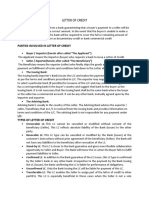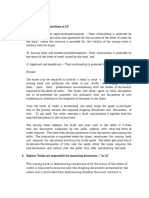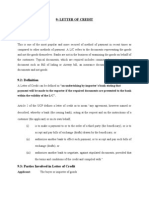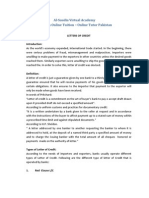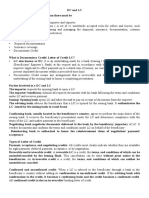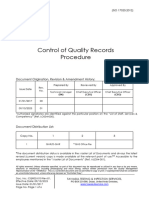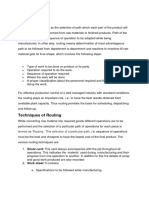0% found this document useful (0 votes)
4 views9 pagesBank 303 CHP 8
Uploaded by
Faroq OmarCopyright
© © All Rights Reserved
We take content rights seriously. If you suspect this is your content, claim it here.
Available Formats
Download as PPT, PDF, TXT or read online on Scribd
0% found this document useful (0 votes)
4 views9 pagesBank 303 CHP 8
Uploaded by
Faroq OmarCopyright
© © All Rights Reserved
We take content rights seriously. If you suspect this is your content, claim it here.
Available Formats
Download as PPT, PDF, TXT or read online on Scribd
/ 9




















